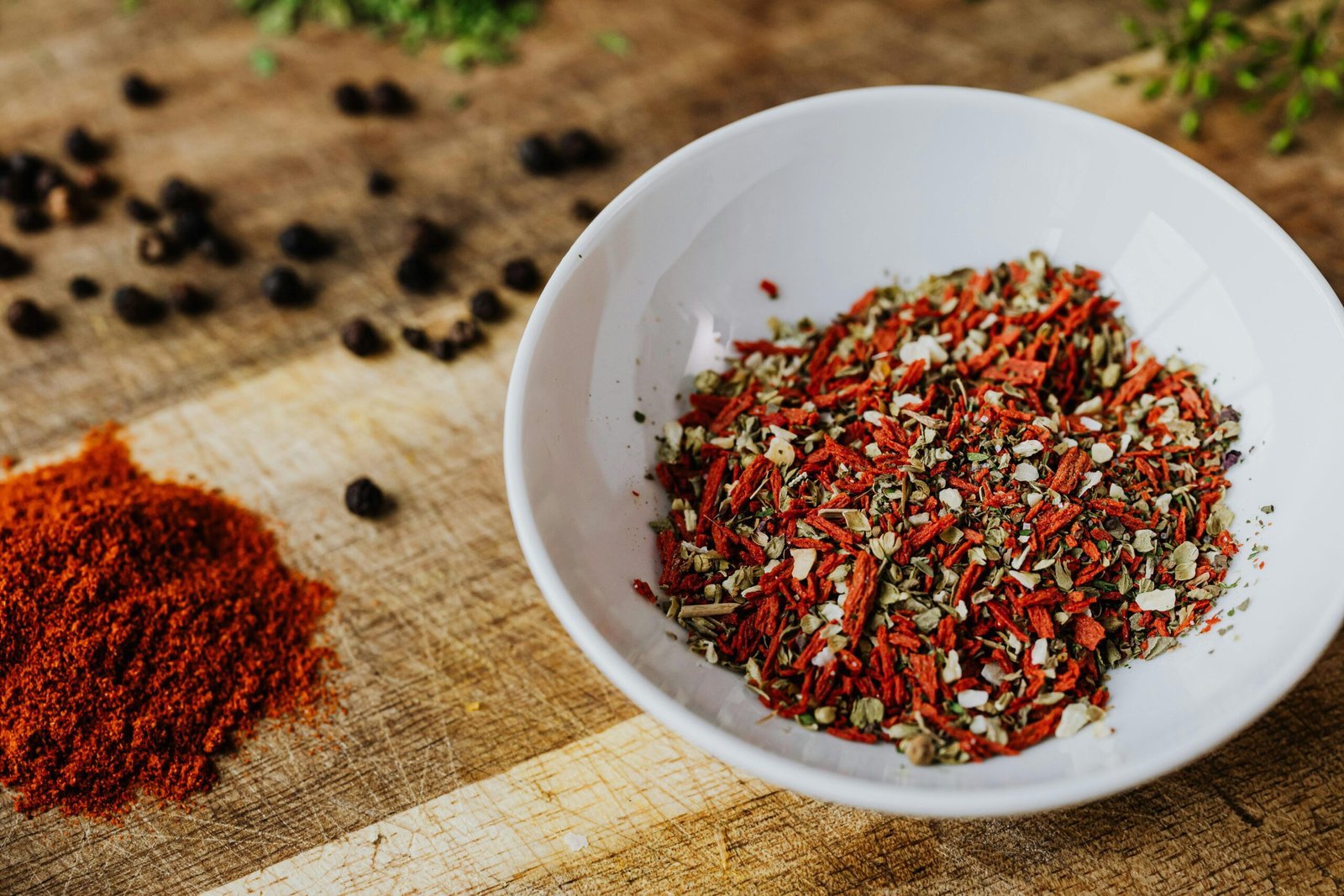When building your long-term emergency food supply, choosing the right preservation method can make a big difference in nutrition, shelf life, and ease of preparation. In this guide, we’ll walk you through the differences between freeze-dried and dehydrated foods — and show you how to use trusted survival-food kits (like those from My Patriot Supply) to complement your own prep.
How the Methods Work (and Why It Matters)
Freeze-Drying: Gentle, Fast, and Nutrient-Friendly
Freeze-drying removes moisture from food by turning ice directly into vapor (sublimation) under low pressure and temperature. This process avoids high heat, preserving more of the food’s original structure and nutrients.
- Moisture removed: Up to ~99%
- Nutrient retention: Around 95–98%
- Shelf life: 20 to 25 years when sealed and stored properly
- Rehydration speed: About 5 minutes
Because freeze-drying preserves shape, color, and flavor, many freeze-dried foods even taste close to “fresh” and can be eaten straight from the pouch in some cases.
Dehydration: Simpler, Cheaper, With Trade-Offs
Dehydration uses warm air to evaporate water from food. It’s a more accessible technique and cheaper to implement — but less gentle on nutrients.
- Moisture removed: Around 80–90%
- Nutrient retention: Typically ~50–70%
- Shelf life: Around 5 to 10 years (if sealed, kept dry, and stored in cool conditions)
- Rehydration time: 10 to 20 minutes of boiling
Dehydrated foods may shrink, darken, or change texture more than freeze-dried items. They’re great for soups, stews, or chopped foods that blend well after rehydration.
Side-by-Side: Freeze-Dried vs Dehydrated
| Feature | Freeze-Dried | Dehydrated |
| Nutrient Preservation | ~95–98% retained | ~50–70% retained |
| Rehydration Time | ~5 minutes | 10–20 minutes (boiling) |
| Shelf Life | 20–25 years | 5–10 years |
| Equipment / Cost | More expensive (special machinery) | Lower cost, easier to DIY |
| Taste & Texture | Crisp, full flavor, close to fresh | Denser, somewhat muted flavors |
Taste, Texture & Rehydration — What You’ll Notice
Flavor & Texture
- Freeze-dried foods tend to keep bright flavors, crisp elements, and a fresher feel.
- Dehydrated foods can taste a bit “flat” after rehydration and sometimes get mushy or shrink more.
How Quickly You Can Eat
In emergency situations, speed matters.
- Freeze-dried meals typically rehydrate in 5 minutes (just add hot or even cold water).
- Dehydrated meals may require 10–20 minutes of boiling — which means more fuel, more waiting, and more chance of losing texture.
If you expect to rely on your emergency food under pressure (power outages, disaster zones, etc.), freeze-dried is a safer bet.
Cost, Convenience & Real-World Decision Factors

- Freeze-dried food is costlier upfront — both in production and retail — but offers longevity and quality that often justify the investment.
- Dehydrated food is much more budget-friendly. You can produce or buy dehydrated fruits, vegetables, or meals at lower cost, making it ideal for bulk prepping or supplementing your pantry.
One practical strategy is to use a mix: rely on freeze-dried meals for your go-bags or emergency kits, and use dehydrated food for bulk storage or rotation in your everyday preps.
How My Patriot Supply Fits In
If you want a no-fuss way to add premium survival-grade food to your stash, the emergency survival food kits from My Patriot Supply can be a helpful complement. These kits usually use high-quality preservation techniques (many include freeze-dried components) and come in durable packaging built for long shelf life (up to 25 years).
You could, for instance:
- Keep a grab-and-go kit from My Patriot Supply to supplement your personal reserves
- Use their meals to fill gaps in variety (protein, soups, desserts) while you do your own dehydrating
- Rotate some My Patriot Supply pouches into your normal storage rotation so nothing goes to waste
The point is: using them doesn’t replace your own prepping work — it enhances it.
Which One Should You Use — Or Both?
Here’s how to decide:
- For fast, reliable, ready-to-eat food, lean heavily on freeze-dried meals (whether DIY or pre-made).
- For affordable bulk and fallback supplies, use dehydrated foods where possible.
- For mixed strategy, combine methods:
- Use freeze-dried (or premium kits) in your go-bags, kits, and hardest-to-reach storage
- Use dehydrated goods for rotation and everyday use
- Supplement gaps with trusted kits like those from My Patriot Supply
Doing so gives you resilience, flexibility, and peace of mind.
Final Takeaway
Freeze-dried and dehydrated emergency foods each have their strengths. Freeze-drying delivers top-tier nutrition and fast preparation, while dehydration offers affordability and ease. A blended approach gives you the best of both worlds. And when you want some ready-to-go, shelf-stable backups, high-quality kits like those from My Patriot Supply can round out your strategy — without replacing your core prep work.
Let me know if you’d like me to rewrite the post again emphasizing any angle (nutrition, cost, kit comparisons, etc.).
FAQ
Q: What’s the key difference between freeze-dried and dehydrated food?
A: Freeze-dried food removes nearly all moisture (98–99%) with minimal heat, preserving ~95–98% of nutrients. Dehydrated food uses heat to remove ~80–90% moisture and retains more modest nutrient levels.
Q: How long do each last?
A: Freeze-dried: 20–25 years (if properly sealed). Dehydrated: about 5–10 years under ideal conditions.
Q: Which tastes better?
A: Freeze-dried generally retains more flavor, crispness, and visual appeal. Dehydrated food often softens in texture and may lose some flavor.
Q: Which is cheaper?
A: Dehydrated food is much cheaper to produce and buy. Freeze-dried food costs more due to the machinery and processing involved.
Q: What’s faster in an emergency?
A: Freeze-dried wins — about 5 minutes rehydration. Dehydrated requires more time, energy, and water.
Q: Can I combine freeze-dried, dehydrated, and pre-made kits?
A: Absolutely — combining them is smart. Use freeze-dried for quick use, dehydrated for bulk, and kits (e.g. from My Patriot Supply) as a convenient plug-in wherever your supply is weak.

